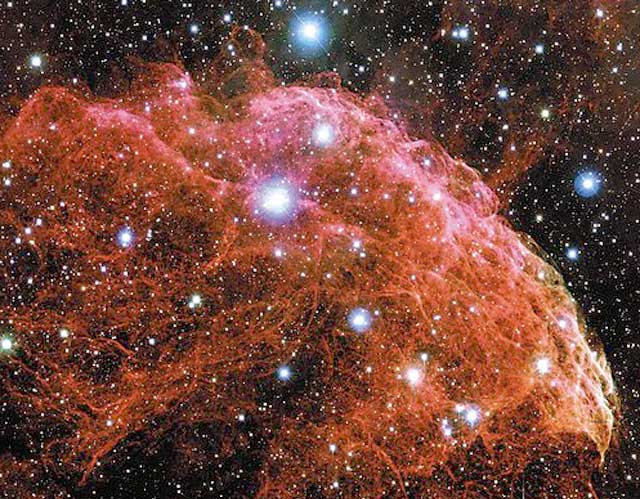 What happens when a supernova explodes? What is left is what we know as the supernova remnants or SNRs. They are extremely important to expand the understanding of the galaxy and the universe beyond. According to scientists, supernova remnants have greatly affected galactic ecology of the Milky Way. It is believed that if not for the SNRs there would be no Earth, and therefore, there could possibly be no life. It is due to the explosions of the supernovas that essential elements such as iron were made part of our solar system, or perhaps any other solar system that exist within the vastness of the universe.
What happens when a supernova explodes? What is left is what we know as the supernova remnants or SNRs. They are extremely important to expand the understanding of the galaxy and the universe beyond. According to scientists, supernova remnants have greatly affected galactic ecology of the Milky Way. It is believed that if not for the SNRs there would be no Earth, and therefore, there could possibly be no life. It is due to the explosions of the supernovas that essential elements such as iron were made part of our solar system, or perhaps any other solar system that exist within the vastness of the universe.
Supernova remnants can be classified into three types: the shell-type, crab-like and the composite remnants.
Shell-type remnant is best exemplified by the Cygnus Loop. It is created when the shockwave of a supernova explosion plows through space heating and stirring up interstellar objects that it encounters. Shell-type remnants have ring-like structures on its edges when seen because of hot gases in our line of sight than when we look at them in the middle. This phenomenon is what astronomers refer to as limb brightening.
Crab-like supernova remnants are also called pulsar wind nebulae or plerions. They look like blobs rather than rings. High energy electrons fill the nebulae, which are flung out from a pulsar in the middle. The electrons interact with the magnetic field through a process called synchrotron rotation emitting x-rays and visible light and radio waves throughout the process. The most popular of this type of SNR is the Crab Nebulae.
Composite remnants are hybrids between shell-type and crab-like remnants. They can appear shell-like or crab-like or both depending on what part of the electromagnetic spectrum it is being observed.
